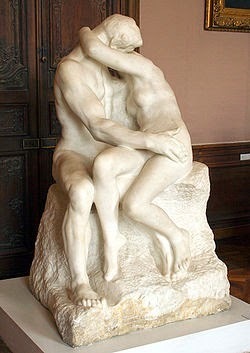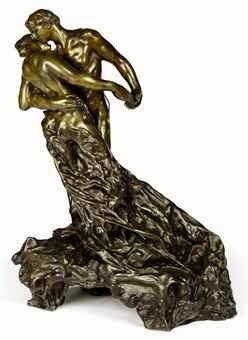Maggie Ritchie's Blog
June 8, 2017
How my African childhood inspired my second novel
I last set foot on Zambia’s red soil more than forty years ago but the memories are as vivid as ever. Growing up in southern Africa gave me the inspiration for my latest novel, Looking for Evelyn. I borrowed heavily from my 1970s childhood in Zambia and from my early days as a journalist in...
The post How my African childhood inspired my second novel appeared first on Maggie Ritchie.
September 7, 2016
My comfort reads
We all have favourite books that we return to throughout our lives. As comforting as a cup of tea and a slice of cake, but without the calories, these novels have cheered me up time and again. The Pursuit of Love by Nancy Mitford. Light and delicious as a mille-feuille from a Parisian patisserie, Nancy...
The post My comfort reads appeared first on Maggie Ritchie.
March 25, 2016
How to write a novel: a 10-point battle plan
A few people have told me they’d like to write a novel but don’t know where to start. With one novel published, a second being considered by publishers and a third underway, I’d like to pass on what works for me. Like all forays into unknown territory, you’ll need a battle plan, some stalwart buddies,...
The post How to write a novel: a 10-point battle plan appeared first on Maggie Ritchie.
October 26, 2015
THE SOUND OF SILENCE
October 21, 2015
How to be a Time Bandit
October 5, 2015
Inspired by Art
October 2, 2015
Lessons I’ve Learned as a Debut Author
May 12, 2015
Lessons I've Learned as a Debut Author
February 23, 2015
Inspired by Art
February 22, 2015
Inspired by Art
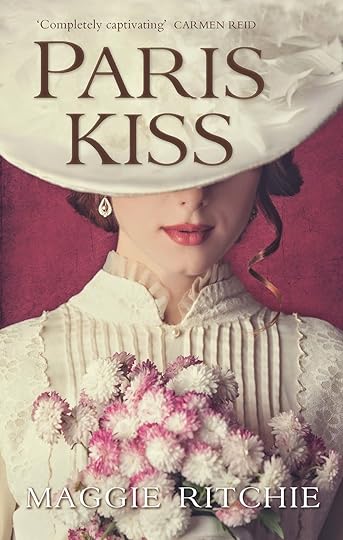
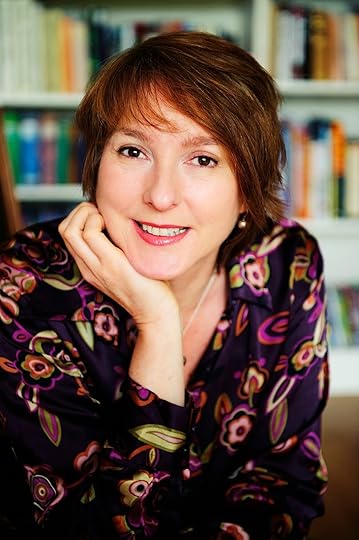 Research is one of the great joys of writing an historical novel.
Research is one of the great joys of writing an historical novel. When I worked on my debut novel, Paris Kiss, I didn’t confine myself to reading dusty tomes on 19th century Paris.
Art from the period helped fire my imagination about what life was like for my two heroines, Camille Claudel and Jessie Lipscomb, who were protégées of the great sculptor Rodin.
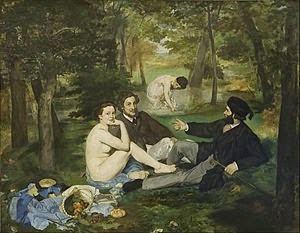 As well as poring over history books, biographies, fashion plates and memoirs, I looked closely at the work of Camille Claudel, Rodin, Seurat, Renoir, Manet and Toulouse-Lautrec, among others.
As well as poring over history books, biographies, fashion plates and memoirs, I looked closely at the work of Camille Claudel, Rodin, Seurat, Renoir, Manet and Toulouse-Lautrec, among others.Artists at the time were working en plein air, capturing the every day lives of Parisians. Manet’s Déjeuner sur l’herbe inspired a scene in the Bois de Boulogne where Jessie and Camille go to sketch on a hot summer’s day and meet the colourful cross-dressing artist Rosa Bonheur.
 And it was Seurat’s La Grande Jatte and Renoir’s Dance at Bougival that I had in my mind when I wrote about an eventful boat trip down the Seine that culminated with a visit to a café dansant.
And it was Seurat’s La Grande Jatte and Renoir’s Dance at Bougival that I had in my mind when I wrote about an eventful boat trip down the Seine that culminated with a visit to a café dansant.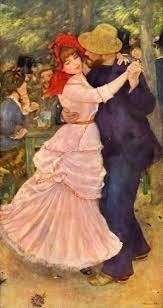 When Jessie and Camille sneaked out at night to the bohemian Le Chat Noir in Montmartre, I was able to transport myself there thanks to Toulouse-Lautrec’s paintings of dancers, singers and a motley crowd of high society gentlemen and good time girls.
When Jessie and Camille sneaked out at night to the bohemian Le Chat Noir in Montmartre, I was able to transport myself there thanks to Toulouse-Lautrec’s paintings of dancers, singers and a motley crowd of high society gentlemen and good time girls.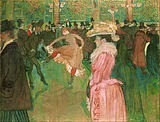 I didn’t confine myself to famous artists and iconic paintings: Vernissage au Salonwas a simple line drawing but it showed how the most prestigious exhibition of art in the world was crammed to the ceiling and how artists had to clamber up enormous ladders to add the finishing touches to their works on opening night.
I didn’t confine myself to famous artists and iconic paintings: Vernissage au Salonwas a simple line drawing but it showed how the most prestigious exhibition of art in the world was crammed to the ceiling and how artists had to clamber up enormous ladders to add the finishing touches to their works on opening night.
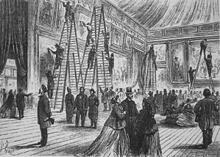
The sculptures of Rodin and Claudel gave me fascinating insights into their world. I was lucky enough to be able to see both their work in the Rodin Museum in Paris, while various museums in Glasgow, where I live, have pieces by the great man, including The Thinker.
It was Rodin’s The Kiss that not only inspired the novel’s title but spoke eloquently about the passionate affair between the sculpture’s creator and his muse and lover, Camille Claudel.
•Paris Kiss by Maggie Ritchie is published by Saraband (£8.99).
